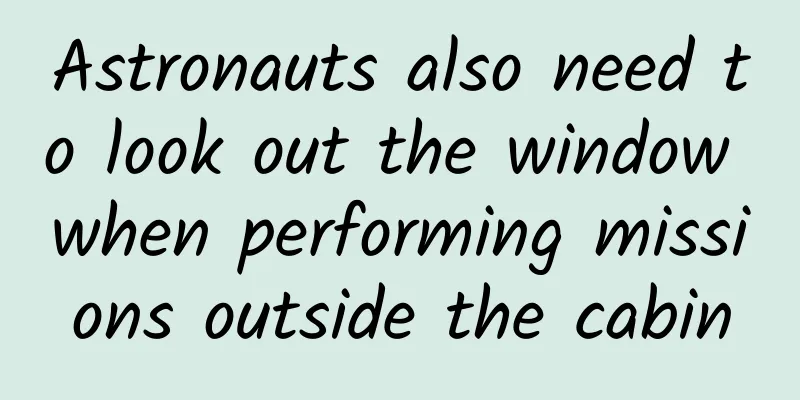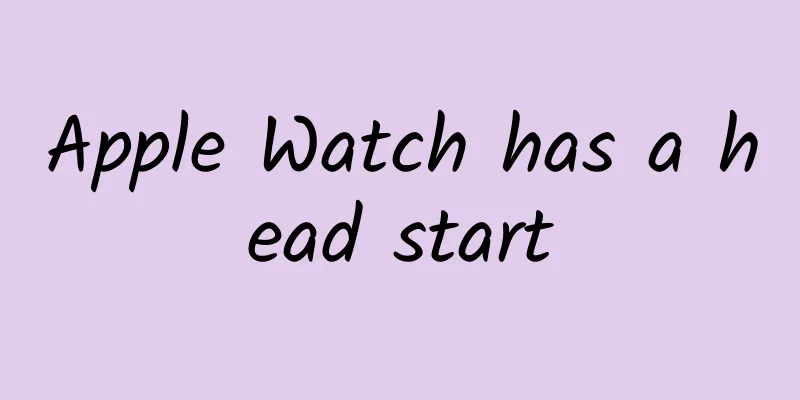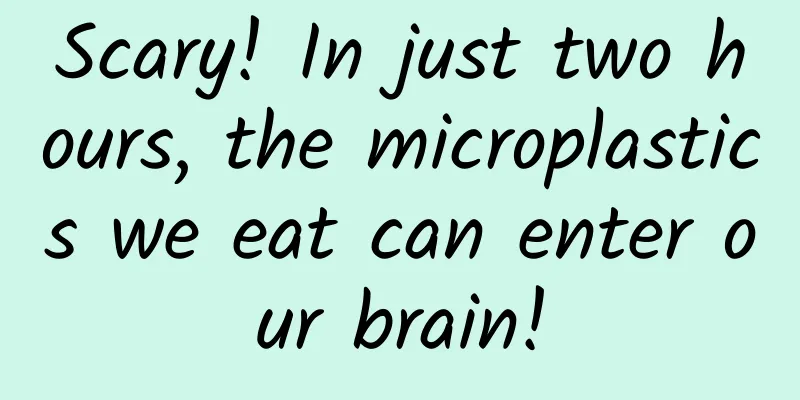@This "famous mouth" in the bird world: Why do you like to "eat your colleagues"?

|
Pelicans, also known as gannets, are celebrities in the animal world. Sometimes they even try to bite their colleagues, such as the capybara that also live by the water, or deer or cows that graze on the grass. They are known as the "mouthful" birds that like to "eat their colleagues". Cooperative hunting Pelicans are large white water birds that can grow up to 2 meters in length. Pelicans like to live in groups and will also act collectively when fishing. The method they use is mainly that 10 to 20 pelicans form a straight line or U-shape in the water, calling and flapping their wings, forcing the fish to the shallow water area, and then each opens its mouth wide, "netting" the fish and the water into its mouth. After the fish is "caught in the net", the pelicans close their mouths, contract their throat sacs, let the river water drain out, and finally swallow the delicious fish into their stomachs for a delicious meal. This cooperative hunting method is quite rare among birds. The most interesting feature of pelicans is that they have a long, flat mouth and a hanging throat pouch on their chin, which is their "fishing net" for catching fish. The throat pouch has a strong extensibility and can stretch and shrink. When hunting, the beak pierces the water to catch fish, and the throat pouch picks up the fish like a net. The throat pouch tightens to hold the fish in a swallowing posture, and then drains the water to leave the solid fish, as if "filtering". It takes about a minute, and then enters the digestion stage. In addition to being a "water scoop", this large throat pouch also has an important function, that is, to regurgitate the previously partially digested "fish paste" and feed it to the baby, so the throat pouch has another affectionate name - the pouch. Opportunistic hunter Pelicans mainly feed on fish, but not limited to it. They are opportunistic hunters - opportunism means that they are not limited to specific types of food and flexibly adjust their hunting strategies according to the food resources available in the environment. Take pelicans as an example. Although their staple food is fish, they also eat crustaceans, amphibians and fruits (such as figs); they even pick up fish waste from ports and fisheries, as well as agricultural waste from pig farms and chicken farms. At the end of the last century, pelicans were found to love eating birds more and more. The pelican's throat pouch is larger than its stomach capacity: its stomach can hold up to 1 gallon (about 3.8 liters) of water, while its throat pouch can hold 13 liters of water. These foods are no problem in front of them, and it is easy to "eat colleagues". Territorial defense behavior In addition to "eating their colleagues", pelicans in the zoo will also use their beaks to open and close to gesture when they see tourists and children. In fact, this is related to their defensive behavior of territory: Pelicans themselves don't fight or fight very much, but if they really fight, they will use their long and sharp beaks to poke or bite. "Poking each other's heads with beaks" is their way of fighting each other; and "biting" is a typical defense mechanism. They have high requirements for territory but have no sense of boundaries. They can occupy the living place of other birds and threaten the survival of "other birds", but they will not give up their own territory. In the zoo, perhaps they have already marked out their own territory, and other creatures (including tourists) have become invaders and need to be warned by their beaks. The largest Dalmatian pelican The largest pelican is the Dalmatian pelican, which is also a "vulnerable" species on the IUCN's endangered species list. It is 1.6-1.8 meters long and can weigh up to 10 kilograms. Its body feathers are grayish white, its eyes are light yellow, its throat pouch is orange or yellow, and its neck has a curly crest. It lives in inland freshwater wetlands, and also appears in coastal lagoons and estuaries. It nests and breeds in large reeds or open areas on small islands. It is distributed in southeastern Europe, northern Africa and eastern Asia. It is found in the north of China and migrates to the south in winter. There are records of its images in Hangzhou, Ningbo, Wenzhou and other areas in Zhejiang Province of my country. References [1] Da Peng. Fishing strategies of pelicans[J]. Walking with Science. [2] Calculate. Why do pelicans like to "eat their colleagues" [J]. Scientific Exploration. [3] Zhong Peiyuan. Encountering the “endangered” Dalmatian Pelican[J]. Record. [4] Zhang Haihua. Dalmatian Pelican, the “fighter” among water birds[J]. Wild Birds. 2017, 11. |
<<: My parents don’t allow me to drink raw water. What’s the “ghost” hidden in it?
Recommend
How to do soft promotion for APP operation?
Have you noticed that there is a new business rec...
Don’t rush to dispose of your old phone. Data can still be recovered after restoring the factory settings of a second-hand phone.
Some people choose to trade in old phones for new...
We will teach you how to create short videos on your mobile phone from scratch: shooting - materials - traffic generation - practical operations!
We will teach you how to create short videos on y...
The heavy-tasting pictures in our eyes are actually the interpretation of mothers' maternal love.
Have a mother who loves her baby 24/7 The happine...
Weilai and Kris Wu: Indulging in fan culture is not the right way. Fans are wealth, not leeks.
NIO, which is obsessed with operating a fan club-...
New Zealand announces suspension of extradition treaty with Hong Kong (attached with original text)
New Zealand announces suspension of extradition t...
Tik Tok influencer promotion, the formula for creating Tik Tok influencer!
Luo Zhenyu pointed out three years ago that futur...
5 signs that you may have sarcopenia! Be sure to do these two things!
Whether you are at work or at home recently In fa...
If you want to create an obsessive product, you have to drive everyone crazy
Hello everyone, I am Li Haoyang. Previously, as t...
A comprehensive inventory of model hard-working animals, dung beetles are on the list?
Today is the third day of the May Day holiday. Wh...
The world's first! Machines understand you better than humans? Wearable emotion recognition system appears in Nature journal
Do you understand him/her? Does he/she understand...
3 days, 0 budget, sales of 10,000 goods, all the activity methodology is here!
The article combines the author's actual expe...
Detailed explanation of Android's official Kotlin-First image loading library
Preface Coil is a very young image loading librar...
Why is AIDS so difficult to treat? How significant is it that a female AIDS survivor has emerged?
In our understanding, AIDS is difficult to cure. ...









